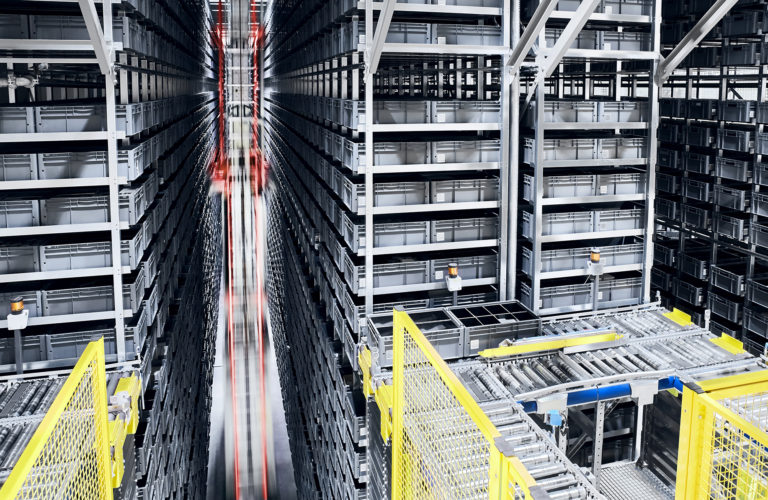Supply chain management and efficiency

Supply chain management has many sides and it is an essential part of the work to create competitive advantages.
Typically, tasks consist of eliminating variance in production, optimizing cost structure, minimizing working capital needs, limiting risks, and analyzing data.
Companies that can improve one or more areas can create operational benefits such as rings in the water. The result may be shorter production time, shorter lead times and better capacity utilisation.
What is supply chain efficiency?
Efficiency can be measured as the amount of work needed to complete a process and whether the process uses best practices and makes good use of existing resources.
If the work is done efficiently but the customer does not like the end product, it is not fortunate. That’s why supply chain efficiency focuses on the end result and what we can call external standards.
Just in time in a new way
The just-in-time principle is about creating flow and balance in production.
Better efficiency allows you to produce more at home. If you want to avoid producing everything in China, then it requires profitability.
When you make a new factory, it has to be fitted with measurements from the start.
High efficiency means, among other things, that the Just in time times change, because there will be produced at shorter intervals when the efficiency is high.
Therefore, an attempt is made to uniform the tact times in production and then to minimize the intermediate inventory.
So raw materials need to come through the door faster, but they also need to get out the door at the same pace. It requires an interest in optimizing where goods stand on the floor during production and that nothing stands in the way.
Cleaning up the floor is simply a prerequisite for high tempo.
Three tips
- You may already know the term “Supply chain visibility”. The essence is to be able to follow each component from the supplier and to you. Afterwards, the model can be expanded with tracking at the factory. If the information is shared, it may be to everyone’s benefit.
- Better communication. Yes, you’d have guessed it was on the list, but it also goes without saying. Weekly meetings can be used for joint planning, follow-up, evaluation and process optimization agreements.
- A next step may be a plan for better quality in production. It’s complicated, and not something to do with your left hand. Data is central to a new plan. Good data from existing production can be used to calculate the effect of future improvements. Get a specialist in business intelligence into the planning work – not a specialist in gut feeling (it might be the nearest boss…?)
A specific part-task may be to mount a data logger on the machines. Then the machine’s availability can be measured and it can be assessed whether there should be changes in workflows to minimize waste.
It is also possible to use data to optimize the machine park so that no over-invests are made in machines. It is more important to spend the money wisely, and here data analysis is a great advantage.
Book a demo
Enter your name, company and telephone number below, and we will call and arrange a meeting as soon as possible.
Book a demo
Enter your name and company mail, and we will arrange a demo as soon as possible.